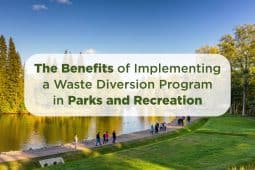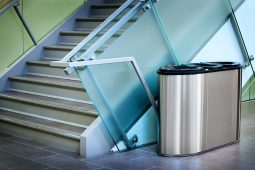What is Backyard Composting?
July 13, 2016
Backyard composting is diverting food waste and yard trimmings from the landfill by composting them in your own backyard. These remains stay in a designated area and decay until they are ready to be spread over the soil. In a dry, shaded area, brown materials – non-bleached paper products, eggshells, dried grass clippings, etc. – and green materials – coffee grounds, tea leaves, fruit, and vegetable remains, etc. – are layered atop of each other to ensure that the compost produced is adequate for use.
There are several benefits to composting. It diverts refuse from the landfill by reusing organics to return nutrients back into the soil, which reduces the amount that finds their way into the landfill. Compost benefits both plants and their soil by fortifying soils to retain water and nutrients and protecting plants from diseases and harmful pests while supporting insects that help plant growth and development.
—
Other Sources
Gonzalez, Ramon. “Do’s and Don’ts of Backyard Composting.” Treehugger. http://www.treehugger.com/lawn-garden/dos-and-donts-backyard-composting.html. Accessed July 11, 2016.
US Environmental Protection Agency. “Composting at Home.” EPA. https://www.epa.gov/recycle/composting-home. Accessed July 2016.
Washington State University. “Compost Benefits & Uses.” Compost Fundamentals. http://whatcom.wsu.edu/ag/compost/fundamentals/benefits_benefits.htm. May 10, 2016.










